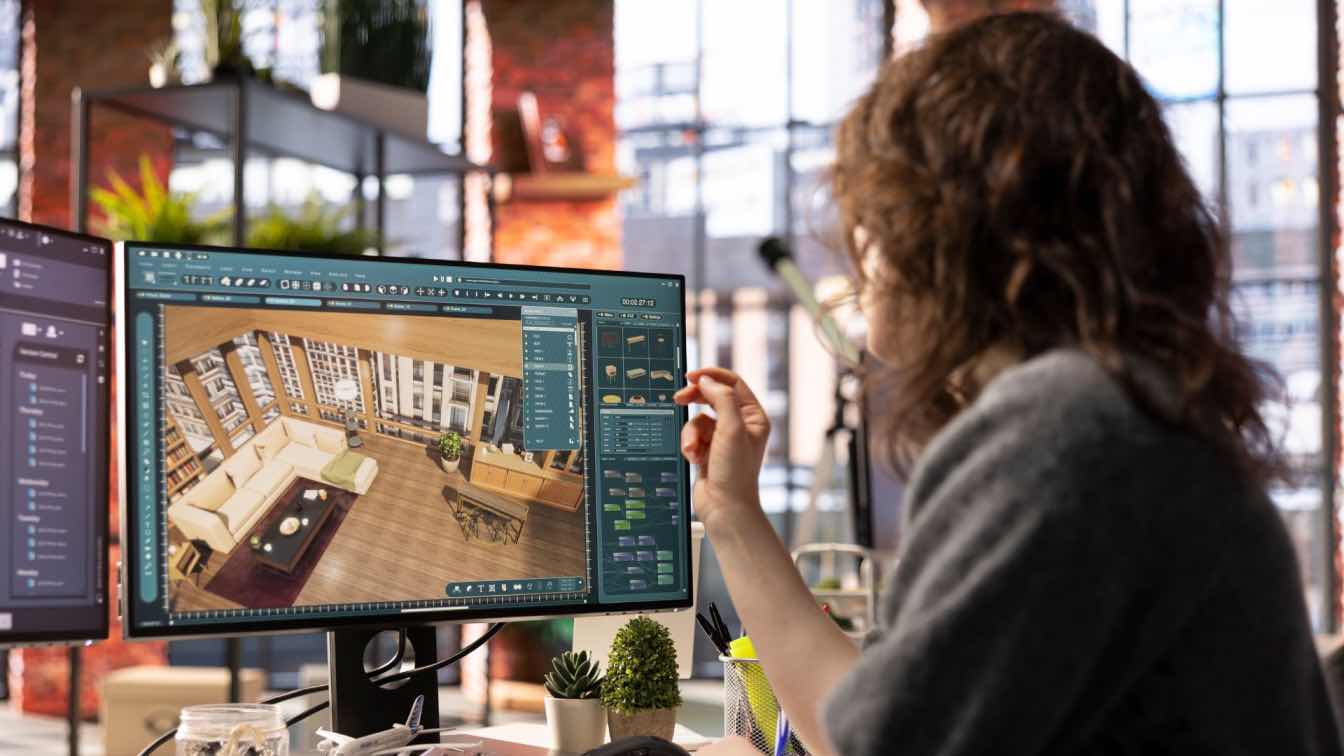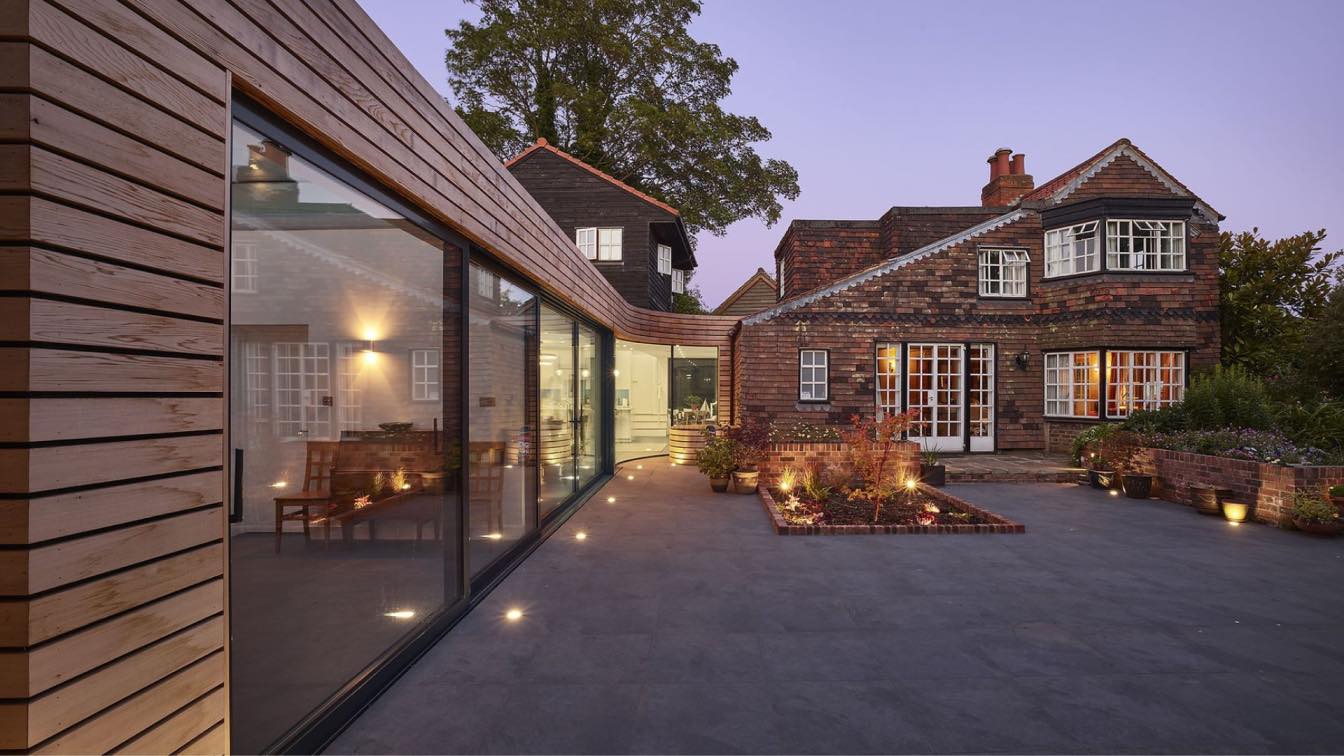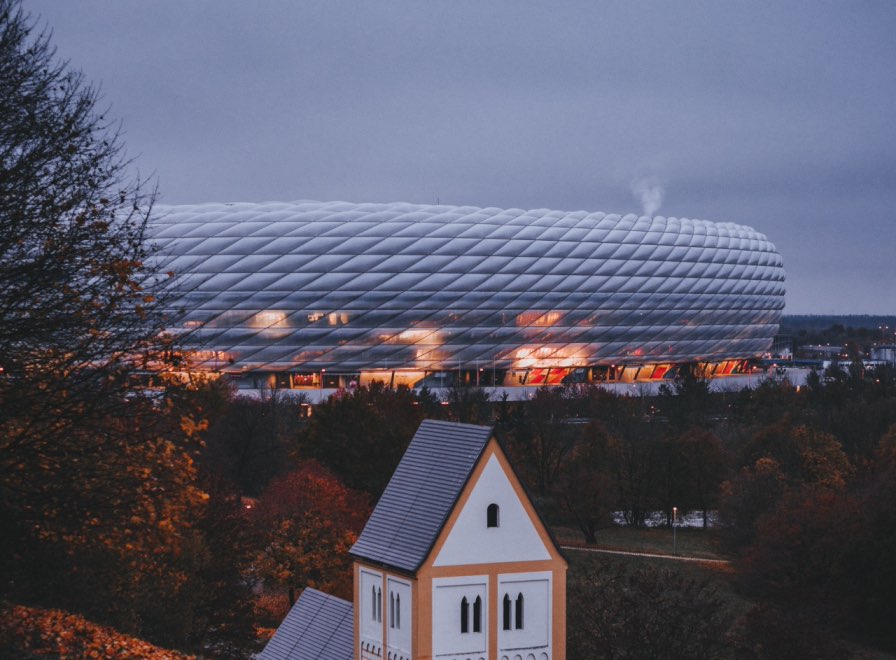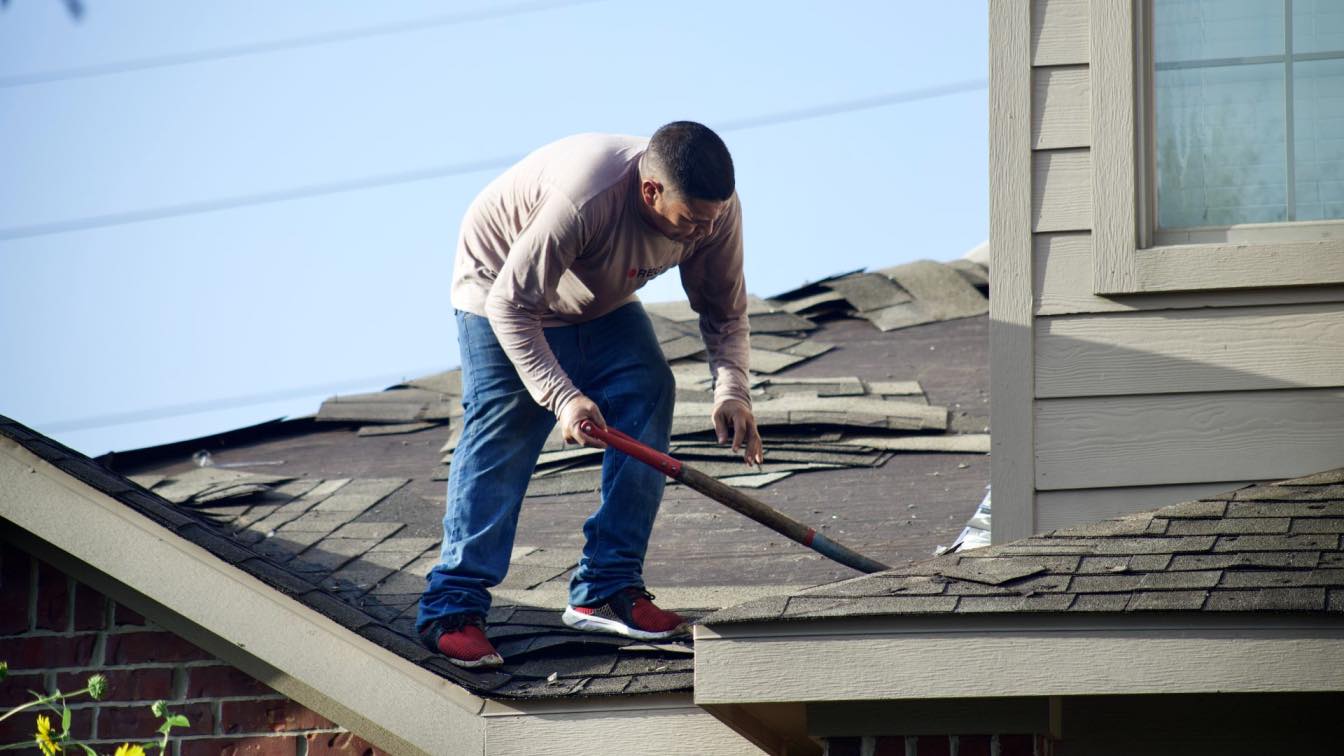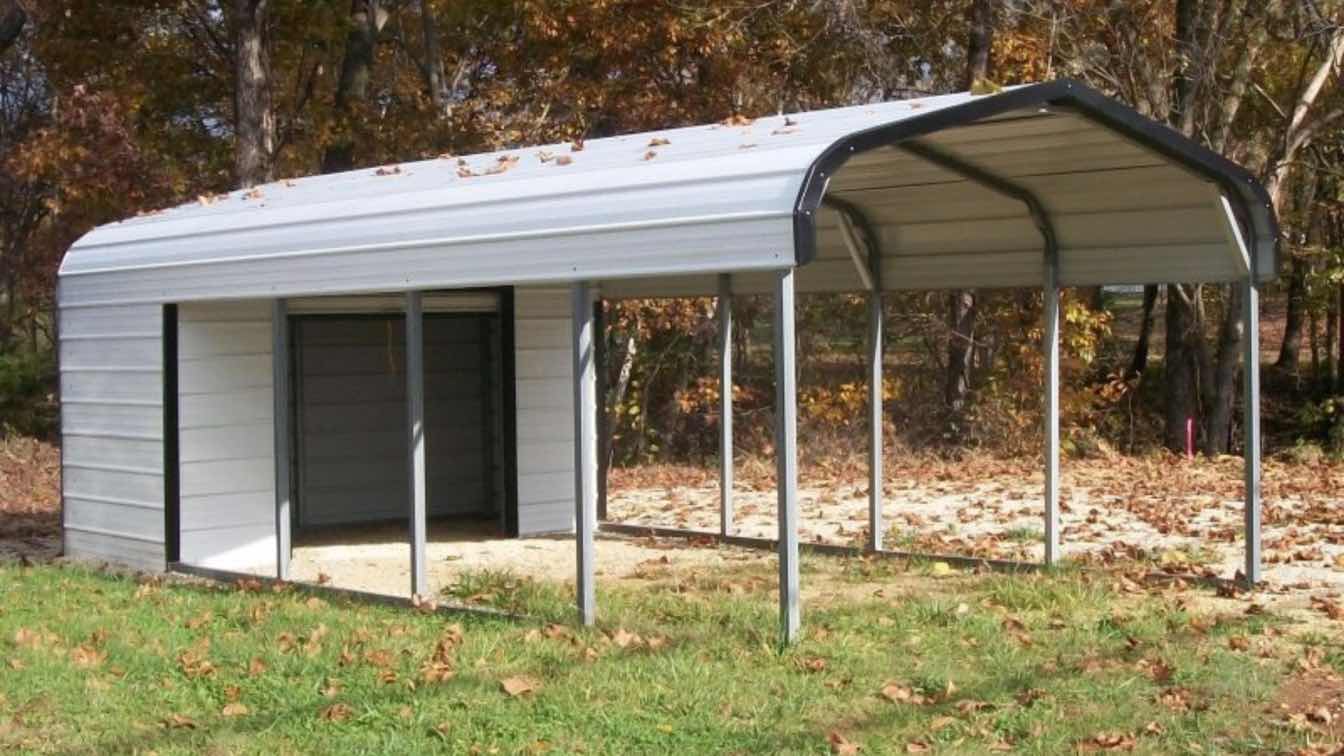Are you curious about how buildings and technology are now working together? Have you ever wondered how architects make designs that look so smart and also function well?
Today, technology is helping architects in ways that feel almost magical. From planning homes to creating smart cities, the mix of design and tech is opening up exciting new ideas that are easy to enjoy and understand.
Let’s look at how technology is now a helpful part of architecture and how this mix is creating a fresh and exciting way to build things.
How Technology Is Changing the Way We Design
Architects used to draw on paper, right? Now, most of their work happens on screens. With the help of smart tools and software, designs come to life quicker and more accurately. Computers don’t just make things faster—they also help avoid small errors that can become big problems later.
One popular example is Building Information Modelling (BIM). It’s like a digital version of a building plan, where you can add all kinds of data like plumbing, electricity, and structure into one single model. This helps everyone on the team—architects, engineers, and builders—stay on the same page.
Design software also helps try out different building shapes, styles, and features without needing to redraw everything again and again. This makes it simple to try new ideas and move forward with better designs.
Smart Tools That Make Work Smoother
Architects now use different tools that help them in both small and big ways. For example, 3D printers help them make mini models of buildings before construction even starts. These models show every detail, so clients and teams can understand the structure better.
Drones are another helpful tool. They fly over land and capture images to help study the site. Earlier, this task took days or even weeks. Now it happens in a few hours.
Digital sketch tools also help share ideas with clients in real time. This means fewer meetings and quicker approval. You don’t need to wait around for changes. Everything moves fast and smoothly.
And when you are writing about your ideas or even planning a project document, an ai essay writer can also save you a lot of time. It helps arrange your thoughts and turn them into clean, easy-to-read content. This way, your energy goes into the design rather than long writing hours.
Green Buildings Are Getting Easier
These days, many people want buildings that are kind to the environment. Architects are using new tools that help make designs that save energy and water. You can now check how much sunlight a building will get using computer simulations. This helps in placing windows, solar panels, and shading in the best possible way.
Also, materials are selected more wisely now. With tech support, it’s easier to choose those that last longer and are safe for the environment. This makes the whole building better for health and comfort, too.
Some buildings now even have smart systems inside. These control lights, air flow, and temperature in real-time. It saves electricity and gives people a relaxed feeling while living or working there.
Augmented Reality (AR) and Virtual Reality (VR) Make It Easy to Visualize
Let’s say you’re planning a new home or office. Earlier, you could only imagine what it might look like from drawings. Now, you can put on a headset and walk through the place using VR even before it’s built.
AR can even add things to the real world using your phone or tablet. So, if you’re standing on a plot of land, you can point your device and see how the building would look right there.
These tools help architects show their ideas more clearly. Clients get to see exactly what they’re going to get. This reduces confusion and saves time on changes later.
Robots in Architecture? Yes, That’s Happening Too
Believe it or not, robots are now helping in construction too. They don’t replace humans, but they do support the work that needs to be done with perfect care. For example, brick-laying robots can do the same job again and again with no mistakes. This means faster work and stronger structures.
Even during the design phase, AI is used to suggest smart layout options. It studies the data and offers building styles that are safe, useful, and fresh. The human architect is still in charge, but the machine offers smart suggestions that help save time.
Bringing Comfort and Creativity Together
Technology doesn’t remove the human touch from architecture. It adds comfort to it. Now, designs can be adjusted easily to suit the lifestyle of people. Architects can create homes with smart lighting, automatic windows, or even voice-activated systems.
For people with different needs—like the elderly or those who have mobility issues—technology helps in designing homes that feel supportive without looking clinical. It blends into daily life and makes living spaces feel more friendly.
Tech Supports Small Designers Too
You don’t need to be a giant architecture firm to use technology. Many small design studios are using online tools to plan, draw, and present their work. Even students can now design full projects using free or affordable software on their laptops.
This opens up design to more people and gives everyone a fair chance to show their skills. And the best part is, learning these tools isn’t hard anymore. With a little patience and practice, anyone can get good at it.
Cities Are Becoming Smarter
Have you noticed how some buildings respond to weather or foot traffic? Some lights turn on only when needed. Some lifts can even group passengers based on which floor they’re going to, just to save energy.
All this is possible because of how tech is linked to architecture. Smart buildings share data with smart cities. This makes roads, parking, lighting, and even waste control easier to manage. It’s like everything is connected and working together for a better living.
Creativity Meets Simplicity
One beautiful thing about technology is how it supports new design ideas. Curved buildings, large glass walls, or buildings made with recycled containers—many such ideas come to life faster with tech help.
Software allows architects to try out ideas that would have been difficult to design earlier. The tools show how safe and practical a building would be even before it’s made. This gives people the chance to try out bold ideas without taking big risks.
Also, clients get more involved now. Since they can see everything in 3D and suggest changes easily, it becomes a team effort. This leads to designs that feel more personal and well thought out.
Conclusion
Architecture and technology now go hand in hand. From the moment someone has a building idea to the time they walk into their finished place, technology is there, helping at every step. It makes the process simpler, faster, and more friendly to people and the planet.
This new way of designing buildings is helping create smarter homes, efficient offices, and cooler public spaces. It's easier now for anyone with ideas to bring them to life using the right tools. And the most exciting part? It’s just the beginning.

